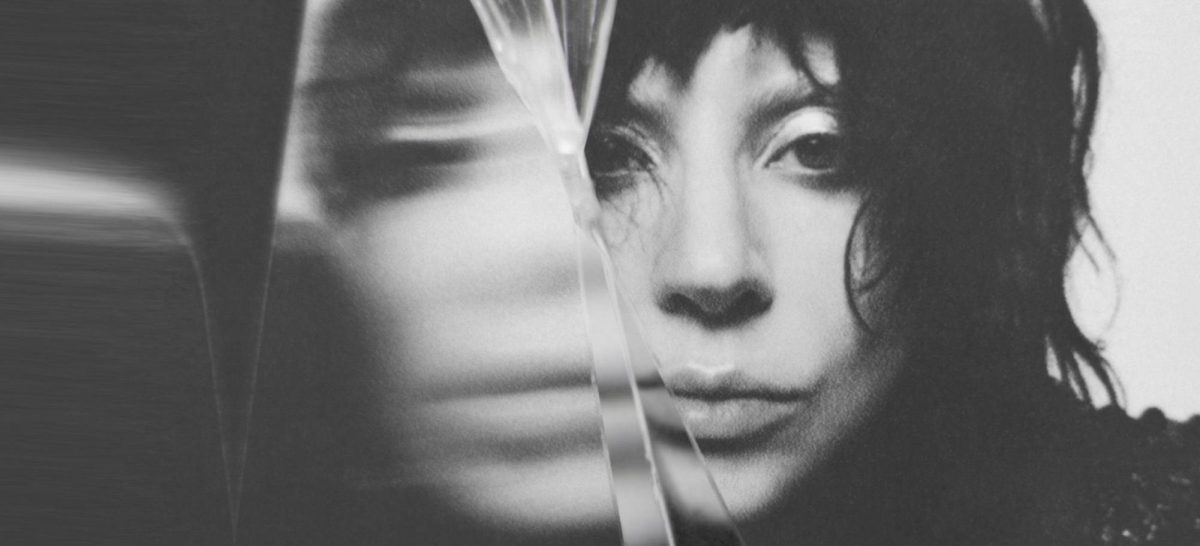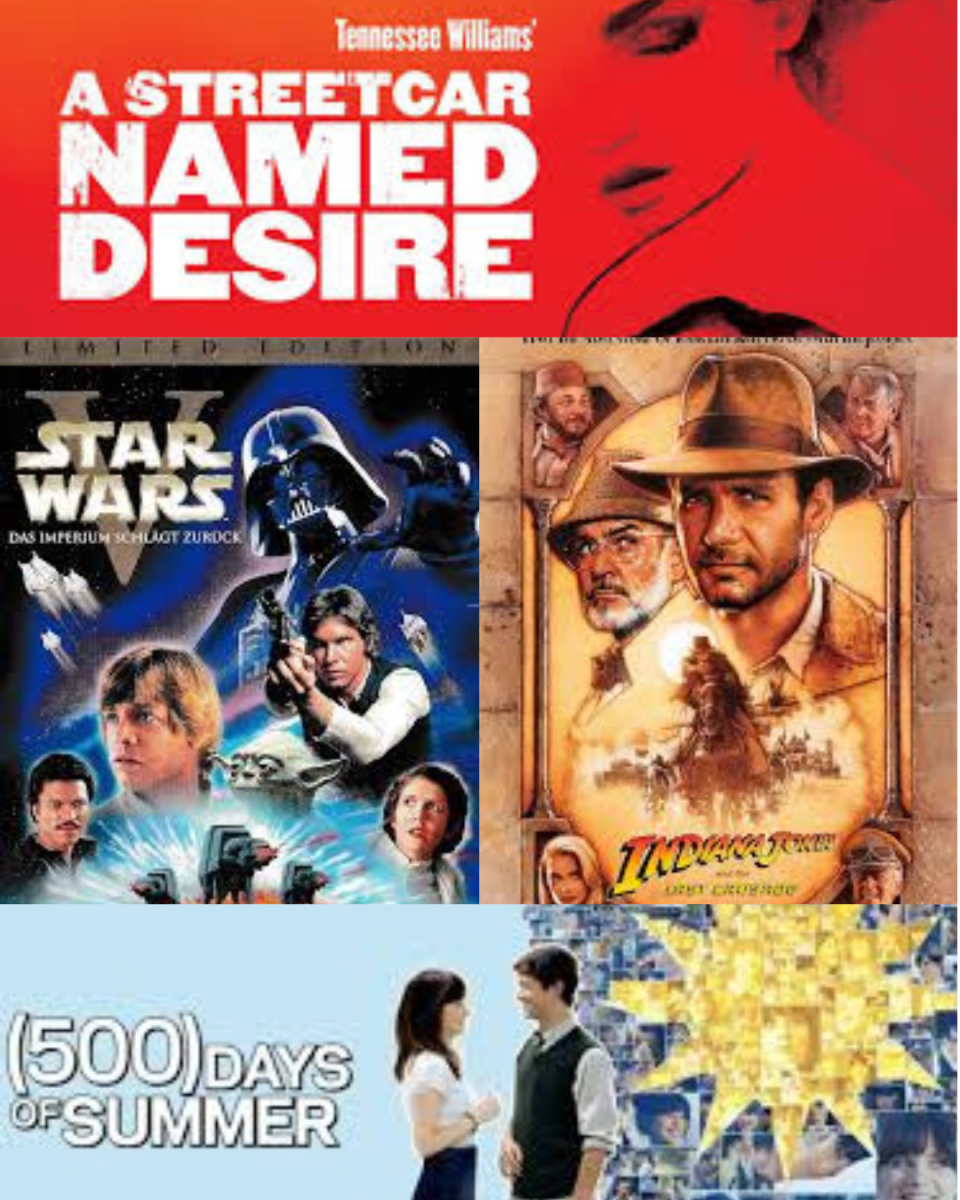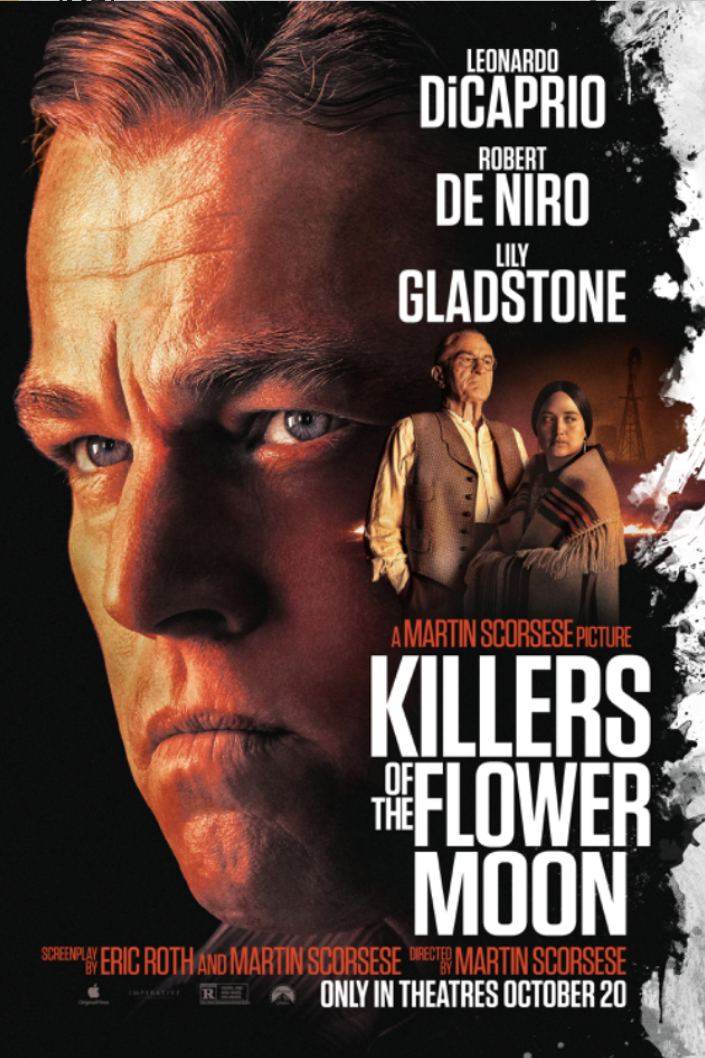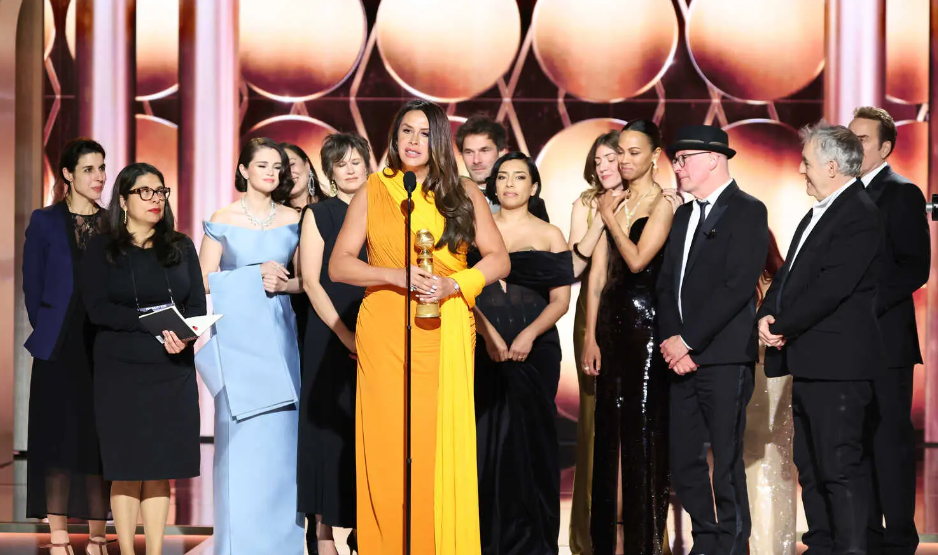
By Lynne Carty
Class of 2010
In transforming Maurice Sendak’s ten-sentence story Where The Wild Things Are into a 101-minute film, screenwriter Dave Eggers and director/ screenwriter Spike Jonze have created a modern, beautiful and creative masterpiece. Told with vivid, breathtaking visuals, the story speaks to and captures the childlike ferocity of juvenility without talking down to its audience.
Where the Wild Things Are tells the story of a rambunctious and unruly child named Max (played by newcomer Max Reynolds, who delivers an astonishing and natural performance) who runs away from home and ends up in a fantasy world inhabited by “wild things” that in many ways mirror the people in his life back home. Following the book’s basic plot line, Max wins the creatures over and becomes king of the creatures by promising to “keep all the sadness out.” In Max’s first days as king, Jonze does a superb job of showing a child’s ultimate dream of romping, wild, absolute happiness and of making his audience remember what it felt like to be nine years old. While in the original book Max retains his fearless and reckless personality from start to finish, in Jonze’s version we get to see Max’s character develop as his relationship with the wild things changes. Once the monsters start asking Max to deliver on his promises, “reality” hits and Max realizes that he is in way over his head. Here, Jonze goes deeper than the book, exploring Max’s troubled psyche through the monsters on the island as he tries to make sense of his own emotional baggage.
Each monster’s personality seems to be a manifestation of a person in Max’s real life. These figments of his own psyche are creatively drawn and well voiced, especially that of Carol (voiced by The Soprano’s James Gandolfini) who appears to mirror Max in his fits of rage and KW (voiced by Lauren Ambrose) who, like Max’s sister, is being pulled away by new friends.
Some viewers and critics will denounce this movie and argue that it is too dark for children, but they’re missing the point. Jonze’s rendition of Wild Things is a movie about children, not necessarily a film for children. Rather, it seems as though Jonze was more determined to connect with the adults in the audience and to remind them of what it felt like to be a kid, filled to the brim with emotions and energy and unsure of how to deal with it all. In this respect, Wild Things is a great success, but in terms of being entertaining for younger audiences, the film falls a bit short. This is not to say that kids can’t enjoy it, just that the film might not have the same impact as it does on people who have moved past their childhood years.
Those looking for a film with stunning cinematography and a deep, emotional plot rather than an action based one will most likely enjoy Jonze’s newest film. Although the storyline expands well beyond Sendak’s initial concept, the best part about Where The Wild Things Are is that Jonze was able to stay true to Sendak’s basic ideas while still managing to add his own vision and to remind young and old moviegoers that, no matter how old we get, “inside all of us is a wild thing.”







